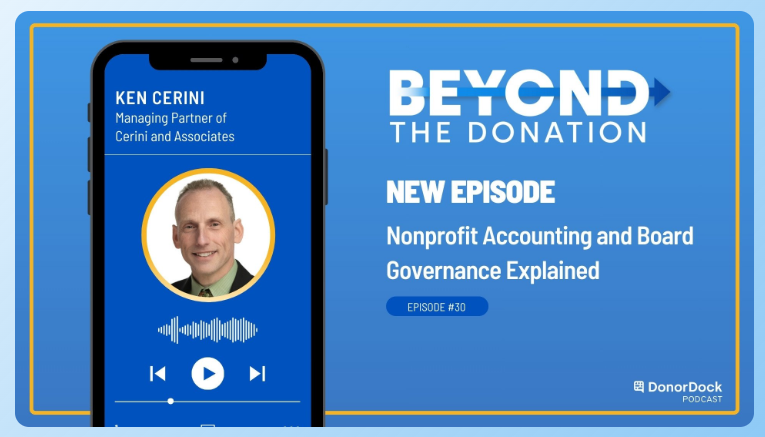With the upcoming hurricane season, we thought it’d be a great time to consider disaster recovery. Although some may say that their business has not been directly impacted by a hurricane, other catastrophes, big and small, could be lurking around the corner.
So, on that note, let’s take a look at the ways you can protect your company against such catastrophes with a little thing called disaster recovery planning. A plan should indicate the specific actions that the organization should follow for various types of disasters. A disaster recovery plan will demonstrate to investors and clients how seriously you take their business and will allow them to feel secure about the company with which they work.
Planning Matters. Disaster recovery goes hand in hand with business continuity. Recovery objectives and priorities should be set. Everyone in management should agree with the computer applications that are going to be restored first, the timeline for the recovery efforts (how long can you be out), the cost for the agreed upon plan (you don’t want last minute surprises), and who is responsible for various efforts including security of staff, equipment, and data, and most importantly communication with employees, vendors, and customers. A good practice is to take photos or video of your office now to document what you have. With this, it is essential to ensure your inventory records are complete and up to date. Your business changes so make sure your plan is reviewed periodically and addresses any changes.
Location, location, location. Having generators ready to kick on after a power loss is great for smaller disasters, but what if power isn’t your only problem? It is possible that trees, power lines, or other large obstructions could be blocking the way to your company’s well lit building. If you can’t get to the office, you can’t run and fuel your generator. In some cases blocked roadways won’t be your company’s biggest battle. What happens if your business turns to ashes or is washed away tomorrow? Are you ready to tackle your clients’ orders/requests the very next day? What about historical data such as outstanding receivables, or other business documentation? Start by setting up a remote location where your business’ systems can be replicated. This will help to eliminate the interruption period your competitors may be facing. There are many vendors who provide this service through their servers or in the cloud. For best results, consider a location on a separate power grid from the one your business is on.
Hot or Cold? Having a remote location to work from is a great starting point, but now you must determine how much downtime your company is willing and able to incur. A hot site is essentially a replica of the office you now sit in, just in a different location. It allows your business to continue its network and computer operations. The hot site holds all the equipment- furniture, office space, computer equipment etc- necessary to keep your operations going. A critical feature of a hot site is that it runs simultaneously with your current production site. A cold site, on the other hand, does not have all the added extras. It will provide you an office space, however your business would be responsible for installing any equipment needed to continue your operations in the event of a disaster. In other words, it is a room with four walls, but a safe, secure space none the less. A cold site is less expensive than a hot site, however it takes longer to get a company back into full operations after a disaster. Each type of site has an attached price tag, so make sure you analyze the cost and benefits of each.
In the cloud. Everything seems to be floating around up there these days, however one must admit the idea is genius! How much easier is it to move clouds than it is boxes from one location to the next? This way, when you are settling into your remote hot/cold site after a disaster, your business data and information will be easily accessible to your company. With the fast paced lives and ever demanding attitudes of clients, this is exactly what we need! Real-time connections. Secure information. Instantaneous recovery.
Let’s Rehearse. Now, the final piece of the puzzle. What good is a plan if no one knows about it and you’re not sure if it works? Make sure employees are informed of the company’s disaster recovery and well-rehearsed in what actions to take in the event that a disastrous event strikes. Discussing different means of transportation and/or communication ahead of time will help prepare you and your employees for the little snags that may be encountered during the recovery process. Unpreparedness can severely impact a disaster recovery plan, especially in smaller businesses.
Now that we’ve discussed what a disaster recovery plan entails, it’s time you begin to see how one might fit into your business. Just think of all the time, money, and hassle it will save you later
.
Written by Nicholle Mezier, CPA, MBA. If you would like to learn more about this topic, please contact:

Shari Diamond, CIA
Partner
Shari has been with Cerini & Associates, LLP since 2008 where she works primarily with the firm’s school district clients providing internal audit and claims audit services. She has over twenty years’ experience performing internal audits, risk assessments, and compliance reviews, as well as recommending processes to strengthen the internal controls environment while increasing efficiencies. Her prior experience at PWC and Northrop Grumman included performing Information Technology audits.





